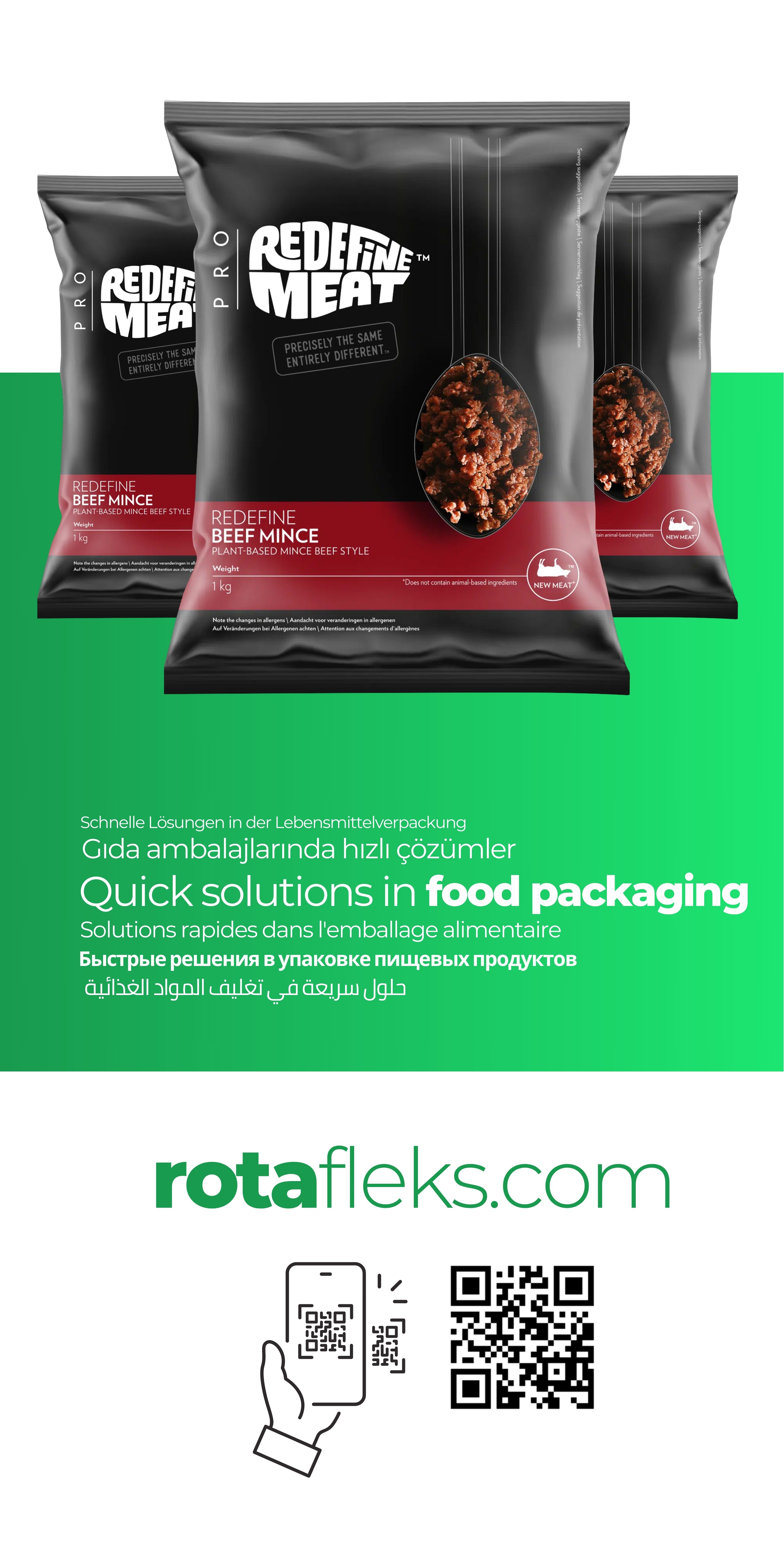
Meat And Dairy Products Packaging
Meat and dairy product packaging must be carefully designed to preserve the freshness and quality of the products and deliver them safely to the consumer. Here are some important features that meat and dairy product packaging should have:
Meat Products Packaging:
Airtight and Sealing: Meat products can spoil quickly when in contact with air and microorganisms. Packaging must be airtight and leak-proof.
Freezing Resistance for Frozen Products: Packaging for frozen meat products must be resistant to low temperatures and protect the product during freezing and thawing.
Durability: Meat product packaging must be durable during transportation and storage, maintain the integrity of the products, and be puncture-resistant.
Label and Information: There should be labels on the packaging containing important information such as product name, content information, usage instructions, cooking instructions, expiry date.
Suitability for Microwave or Oven Use: For some meat products, packaging must allow consumers to use the microwave or oven.
Hygiene and Food Safety: Packaging materials must comply with food safety standards and be hygienic. There should be no chemical transfer when the packaging comes into contact with the product.
Dairy Products Packaging:
Airtight and Sealing: Dairy products can spoil quickly if exposed to air or if leaks occur. Packaging must be airtight and leak-proof.
Lightfastness: Dairy products may lose taste and nutrients when exposed to light. Packaging should protect the product by controlling light transmittance.
Various Size and Packaging Options: In order to appeal to different consumer needs, packaging should be offered in various sizes and packaging options.
Transparent or Windowed Design: The packaging may have transparent areas or windows to allow consumers to see the product. This gives the consumer more information about the product and creates a feeling of trustworthiness.
Eco-Friendly Materials: As customers' demand for eco-friendly packaging increases, recyclable or eco-friendly materials should be preferred.
Compliance with Hygiene and Health Standards: Packaging materials must comply with food safety standards and be hygienic. There should be no chemical transfer when the packaging comes into contact with the product.
In both cases, packaging design must comply with the characteristics of the products, consumers' expectations and safety standards. Factors such as packaging durability, freshness period and ease of use are important for the successful introduction of products to the market.





